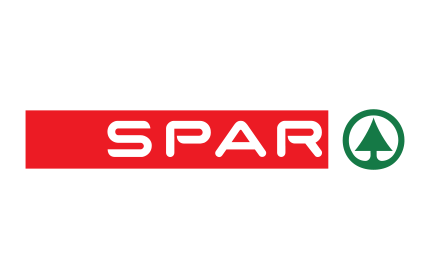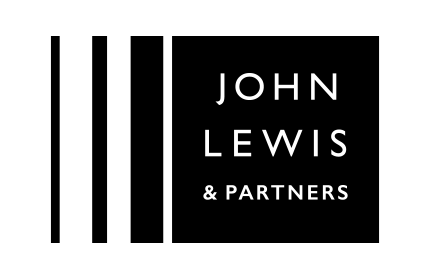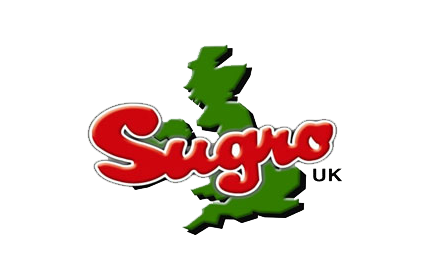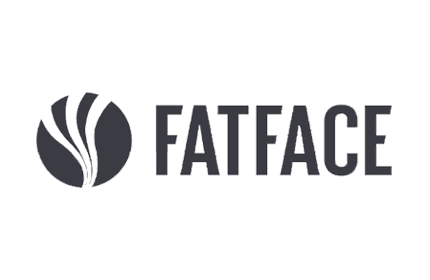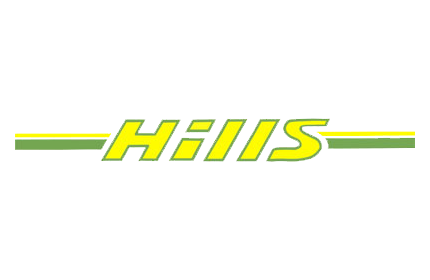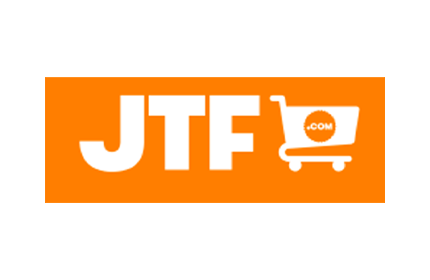The Polluter Pays for take-make-waste model in fashion
By Apurva Munjal, Junior Consultant at Ecoveritas
According to WRAP’s Textiles Policy Options report, an EPR for the UK’s fashion and textiles industry must be introduced. The policy should be implemented along with any necessary supplemental actions to get the best results.
Although the fashion and textile industry contribute roughly £20 billion to the national economy of the UK, there are significant environmental consequences throughout the textile lifespan. The operational paradigm of the fashion industry is aggravating the climate catastrophe by encouraging overconsumption and generating excessive waste. To move the textile industry away from the linear take-make-waste model and towards a circular economy – and many stakeholders perceive the need to do so – some have already begun this transition. Programmes now in place in the UK offer some possibilities to deal with the climate catastrophe the sector creates; however, collecting, sorting, and recycling systems are typically dispersed and have a limited scope. Additionally, both nationally and regionally, collection rates and the kinds of programmes utilised to collect textiles vary greatly.
But how do you get the polluter to pay the costs of their pollution, including the cost of measures taken to prevent, control and remedy pollution and the costs it imposes on society?
Harmonised extended producer responsibility (EPR) standards for textiles are a viable tool for promoting sustainable textiles and waste hierarchy-compliant textile management to benefit the economy and the environment. A well-designed EPR will also be able to prevent textiles from being burned or thrown in landfills by increasing the profitability of recycling and reusing textile waste.
EPR’s potentially vast scope places environmental externalities in the textiles sector within the purview of government policymaking. EPR would enact a system for those failing to develop solutions to fulfil the policy’s goals while giving producers some discretion in deciding how far to respond to the policy. Although these efforts also lessen the impact of production and processing, an EPR system for textiles should especially support reuse and closed-loop recycling to mitigate environmental consequences. Producing more resilient garments and recyclable goods that are suitable for reuse and recycling should support eco-design standards.
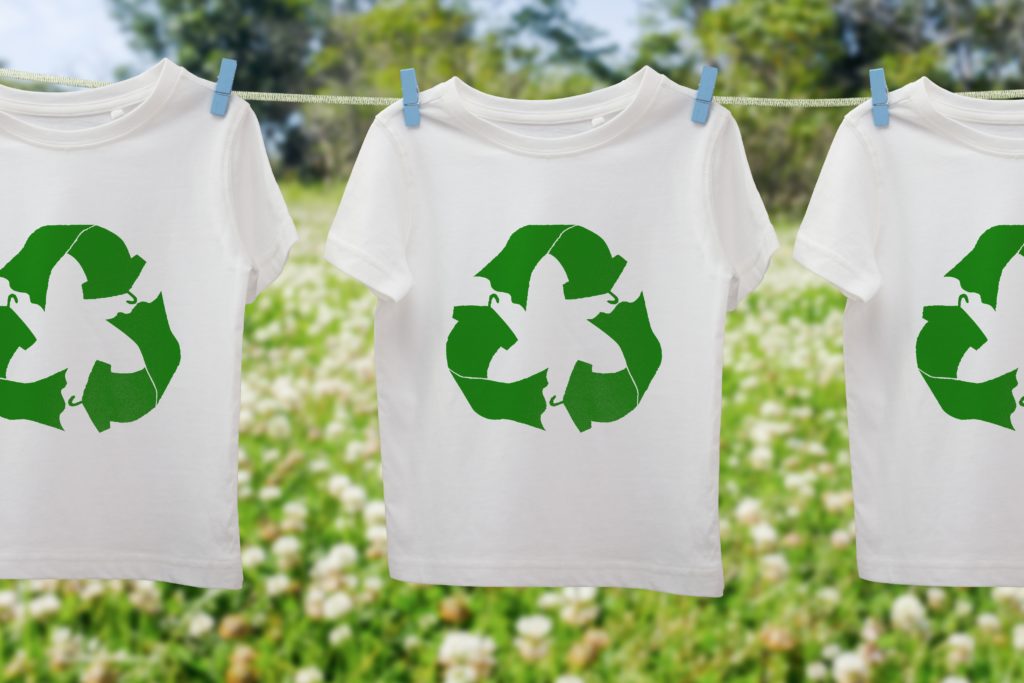
What would the EPR for textiles mean for brands and businesses in the sector?
WRAP recently released the Textiles Policy Options Report to help Defra evaluate the potential of more comprehensive policy initiatives for the UK textile industry. The objectives considered in this viability evaluation were to cut carbon emissions and the number of textiles in residual waste in half by 2030–2035. Dynamic data on population and consumption trends and apparel consumption were examined to evaluate the expected effects of the business-as-usual scenario.
In the report, various policy objectives are discussed, such as lowering the overall environmental effect of textiles, cutting waste, promoting reuse and recycling, and expanding the textile recycling industry so that more new products use recycled material. To do this, various policy options were considered during stakeholder engagement and discussions to pick the best combination of policies that minimise the adverse ecological effects of the industry and remove textiles from the residual waste stream. These policy options include eco-design, recycling labelling, a landfill ban for unsold inventory, a new voluntary commitment, and extended producer responsibility.
WRAP now strongly urges the government to create an EPR for the UK’s fashion and textiles industry. If the EPR for textiles is made necessary, manufacturers will have to either create their take-back programme or pay a charge based on the quantity of textiles they sell to a company that manages the end-of-life of the textiles. Nonetheless, registering producers with the governing authority will be the first step in implementing EPR.
To create a circular economy for textiles backed by uniform standards, EPR will enact regulatory restrictions on managing the textile waste hierarchy. Additionally, it can be utilised as a tool to improve the design and lower end-of-life management costs. It’s also possible that the EPR fee may impact the drop in consumption because it may increase the upfront costs of textile products.
France now possesses the only working EPR system for textiles in all of Europe. The Netherlands is the second country after France to have an EPR programme in place for textiles as of January 2023. Businesses will therefore have formal individual accountability but not be compelled to report on real implementation and results until 2025. Furthermore, extensive plans for their national EPR initiatives are in place for Sweden, Finland, Norway, Bulgaria, Greece, and Spain. It is hoped EPR for textiles will help the reduction of primary raw material use by half by 2030 and the transition to a circular economy (2050). The UK has shown its commitment to managing textile waste as a priority for which the polluter pay principle should be used by looking into an adequate EPR and other policy measures in the Textiles Policy Options Report.
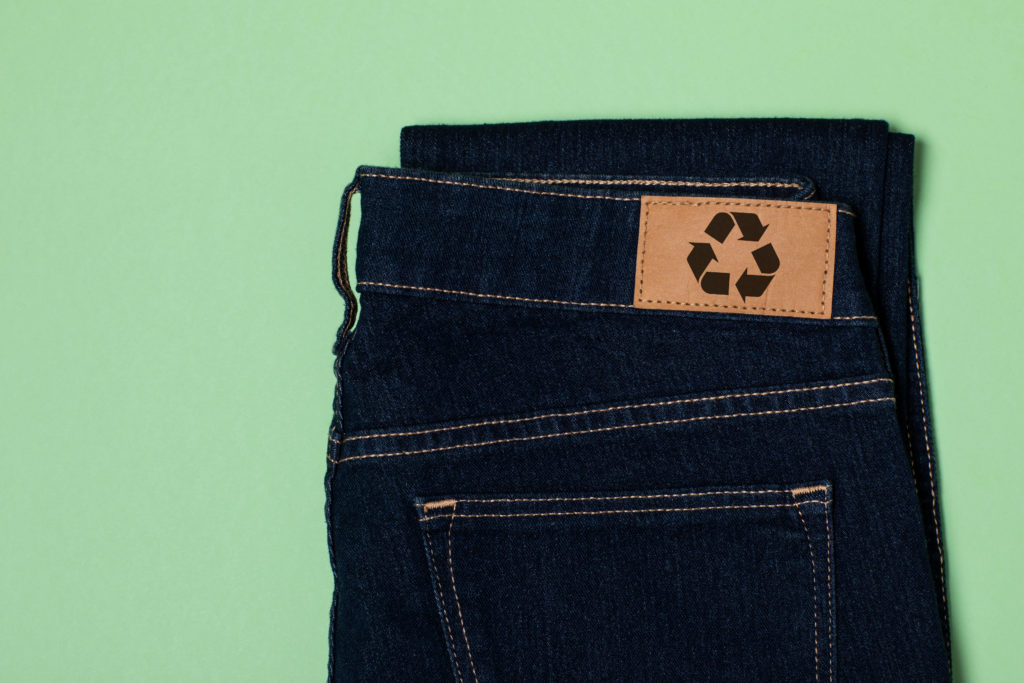
EPR is a tried-and-true economic tool that helps improve product end-of-life management by shifting the costs to the manufacturers following the polluter pays principle. Without EPR, producers and consumers are effectively given an implicit subsidy for consumption since they are not responsible for the environmental and social costs of overconsumption.
EPR is a step toward a circular economy for textiles, but it is merely a step if the core reasons for the current inefficient system are not addressed first. EPR can assist in funding the systems and infrastructure required to gather and repurpose products and materials, but more must be done to prevent products from being thrown out in the first place. To strike the proper balance between encouraging optimal practices by firms without negatively affecting consumers, a complex mix of regulatory efforts is needed.
According to the report’s conclusions, the policy option that includes EPR, eco-design, ecolabelling, landfill restriction, and financial support for recycling infrastructure provides the greatest results for the UK textile industry.
Labels relating to sustainable manufacturing should be placed on product packaging, together with details on a product’s potential for recycling and the percentage of recycled material it includes, to assist consumers in making informed decisions and transforming the market. The UK market would shift towards the sale of textile goods and materials that are more durable, repairable, and recyclable if obligatory eco-design criteria were implemented there. The criteria for the EU eco-label could be used to inform a UK alternative. An EPR programme could supplement eco-design criteria by providing incentives for recycled content through variable costs.
Although the prohibition of unsold stock to landfill may encourage the development of cutting-edge recycling technologies, however, there is not enough commercial recycling in the UK to support this intervention. To enforce the restriction of incineration and landfilling, restrictions on shipping all stock to either would take longer to execute. They would require significant money, participation, and engagement with the waste management industry. Via a voluntary agreement with the textiles industry, the supply chain will receive aid in strengthening its environmental performance at the production stage. Financial support for recycling infrastructure will accelerate change and speed the discovery of more reliable end markets for recycling and reuse.
A cost-benefit analysis (CBA) of the shortlisted policies was also completed to facilitate informed discussions and prioritise policy measures. The highest net present value (NPV) of economic costs, the highest benefits, and the highest attainment of the objectives are all delivered by a targeted EPR with supporting measures instead of the basic EPR. The targeted EPR comprises minimal standards for items to be sold in the UK, such as those relating to durability, disassembly for repair and recycling, and reparability and modularity to facilitate mending and replacement. Additionally, it mandates uniform labelling with minimum standards for label durability to promote circularity and customer awareness. It also emphasises supply chain data that must be gathered and reported, such as effects on the environment, society, and animal welfare.
While there is a tiny price increase for textiles as a result, there is also a slight decrease in consumption and waste production. Benefits include reduced greenhouse gas emissions and water use, increased recycling, landfill diverting, and net job growth. The CBA thus suggests that even though EPR is a crucial tool for promoting circularity in the textile industry, it is limited in its ability to do so because it concentrates on the value chain’s end-of-life stage. Supporting policy actions are needed to address the remaining difficulties, which concentrate on the production and usage phases of the value chain.
Once the intended EPR has been implemented in the UK, a future EPR could include an HMRC-aligned impact assessment of tax on harmful virgin materials, a transition time for preventing the destruction of unsold stock, and a VAT reduction for repair.
Data and Reporting for Textiles EPR
Data collection and traceability systems will be crucial, along with appropriate levels of due diligence and enforcement, to guarantee manufacturers can be held to account regarding the veracity of product information or sustainability claims.
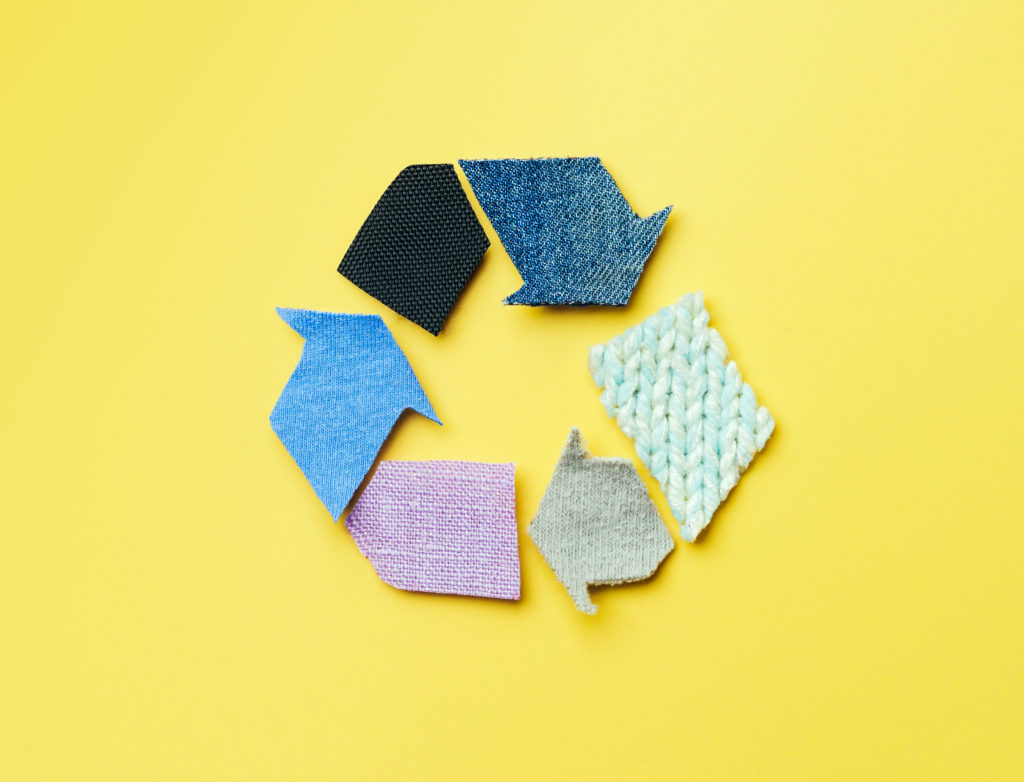
For reporting, it will be important to gather relevant and precise data from all around the United Kingdom on things including volumes, material compositions, cost structures, and market dynamics. Data on durability, recycled content, recyclability, and the use of low-impact materials will be required. The number of products that comply with eco-modulation criteria and any other relevant actions like a repair will need to be validated in the data and evidence provided by producers. Operational expenses, total tonnes collected, and outputs from sorting, export, etc., will also need to be gathered, recorded, and validated by Used and Waste Textile Management Operators. Additionally, the manufacturers must submit internal and external data reports on the collection, sorting, recycling, disposal, and progress towards goals. All this will ensure that transparency in the textile supply chain is improved, commitments are tracked, compliance and enforcement with regulatory requirements be supported, and in the end, quantitative effect evaluation is made easier. In addition to the annual sustainability reports, evaluation and agreement of the environmental, social, and animal welfare indicators must be disclosed for this policy initiative.
Get connected if you are a textile business that may be affected by any upcoming textiles EPR in the UK so that you can prepare for what is to come.
Ecoveritas streamlines the entire administration process to make your life simple, from managing scheme registrations and memberships to paying your compliance scheme payments!

